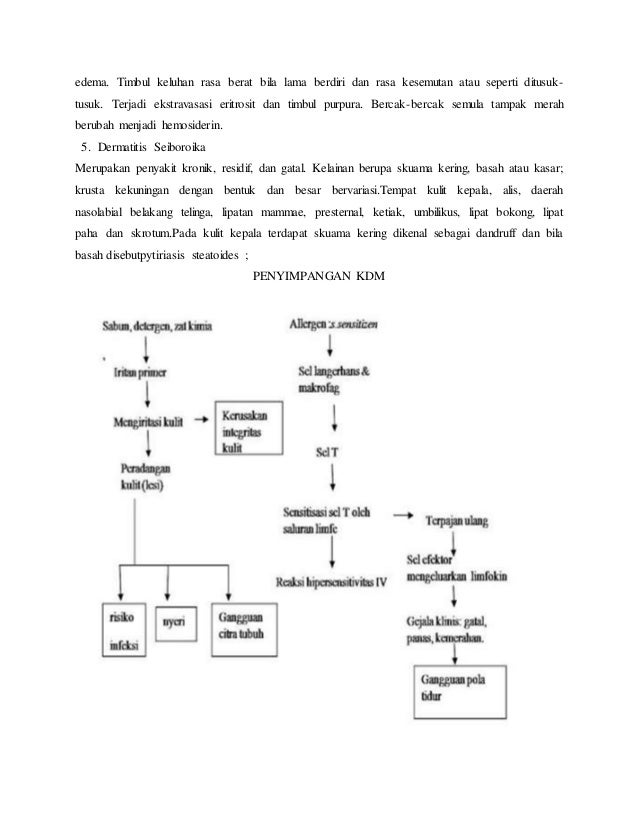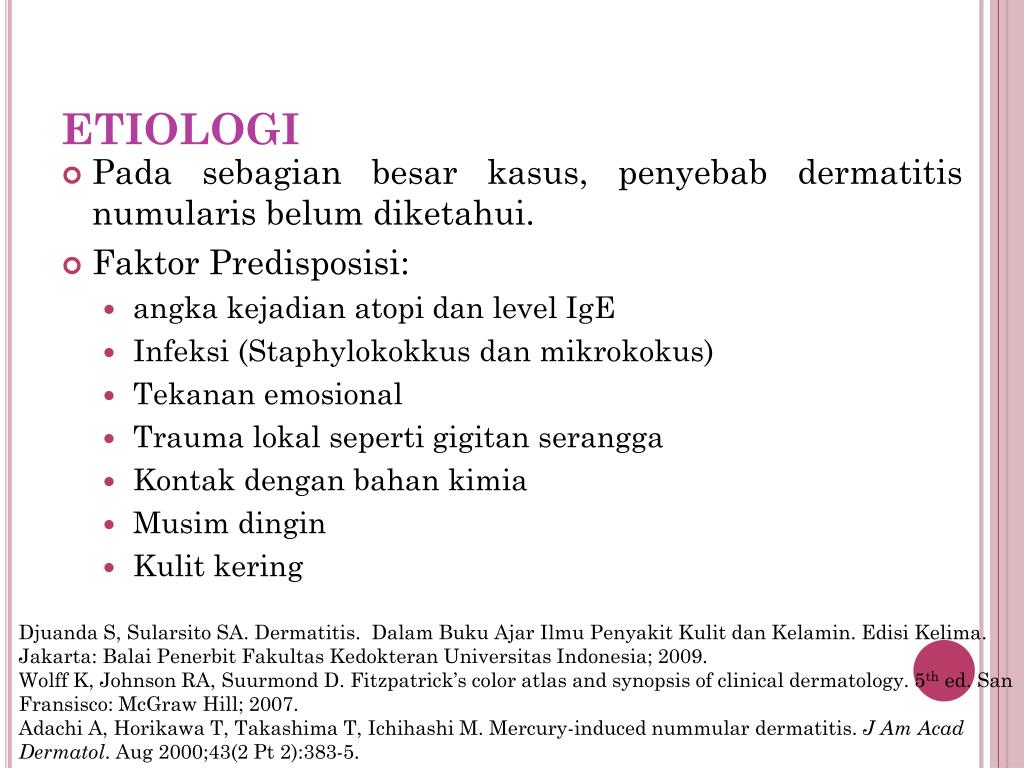

Certain drug (table 40-1) have an affinity for melanin and may cause hyperpigmentation. Inflammatory dermatoses (e.g., contact dermatitis from poison ivy or acne lesions) or physical trauma to the skin (e.g., thermal burn) may cause prolonged postinflammatory hyperpigmentation. Metabolic alterations affecting the liver and certain nutritional deficiencies can be associated with diffuse melanosis. Endocrine imbalances caused by Adison's disease, Cushing's disease, hyperthyroidism, and pregnancy are capable of altering skin pigmentation. Systemic as well as localized skin diseases may cause pigment cells to becoe overactive (resulting in skin darkening) or to become underactive (resulting in skin lightening). Although this products serve a cosmetic function, it is important to emphasize that they are drugs with potential toxicity and side effects. Therefore, agents that can reduce pigmentation when applied topically are used worldwide, especially when hyperpigmented skin is in noticeable contrast to surrounding normal skin color. Hyperpigmentation may be perceived by the patient as disfigurement, especially when it occurs on the face and neck. SKIN HYPERPIGMENTATION Hyperpigmentation, manifested as increased or more intense skin color, is ussualy a benign phenomenon, but many occasionally represent a sign of systemic disease. AHAs, beta-hydroxy acids (BHAs), and N-furfuryladenine are promoted as nonprescription treatments for photoaging. Hydroquinone, a skin-bleaching agent (fading cream), can be used alone or in combination with an AHA for self-tratment of hyperpigmentation. Alpha-hydroxy acids (AHAs) play a role in treating both disorders. Nonprescription on product used to minimize sun exposure are discussed in chapter 39. This chapter focuses on the treatment of hyperpigmentation and photoaging once day have occurred.

Although sun exposure often is not the cause of hyperpigmentation, such exposure during or after treatment may negate the therapeutic effect.


Photoaging of the skin is related directly to exposure to ultraviolet (UV) radiation.


 0 kommentar(er)
0 kommentar(er)
